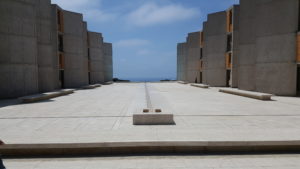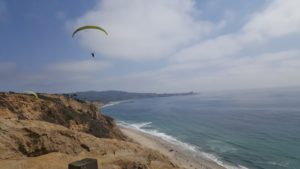This week in the lab we completed our task of ranking the 12 ligands in order from the lowest IC50 to the highest. We were able to accomplish this by using three analysis methods we chose. The methods included: free energy, secondary structure, and hydrogen bond analysis.
After analyzing our data from the free energy calculations last week, we decided to continue working with this method because we got no correlation with it last week. My group and I decided to run the calculation with all three trajectories together, instead of doing one by one. In other words, each trajectory has 1,000 atoms so instead we ran it with all 3,000 atoms together. There is 12 ligands and each has three trajectories, therefore we would have to run it 36 times and we wouldn’t have enough time to do it that way. It took about 6 hours for each of the 12 systems to run with all three trajectories. After we ran the calculations, we got much better results. The output file that is given after running this calculation includes several different types of free energies. There was good correlation in the training set(6 of the ligands with the given IC50 value) that we analyzed after running this calculation.
The secondary structure analysis, or Dssp, had no useful results because there was no correlation in the training set. On the other hand, hydrogen bond analysis did have some correlation, meaning that there was correlation between the 6 ligands and their IC50 value. This helps us determine the rank order of all 12 because we can rank them using the correlation we found doing the hydrogen bond and free energy analysis. After we finished running and analyzing the data from all three analyses, we were able to conclude on one rank order by the end of this week. This wrapped up our research in the lab and next week will begin working on our posters that will include everything we did that helped us predict our rank order.
This week for our Friday afternoon trip, the lab took us to the Salk Institute for a tour of the institute. The Salk Institute is a scientific research institute that focuses on neuroscience, genetics, immunology, and more. The institute has a very unique and amazing architectural design. I was very amazed of the design of this institute. After the tour, we went to the Torrey Pines Gliderport which is right next to the Salk Institute.
I cannot believe my time here in San Diego is almost over. I only have one more week left. It has been an incredible experience since the very beginning.



There are no comments published yet.